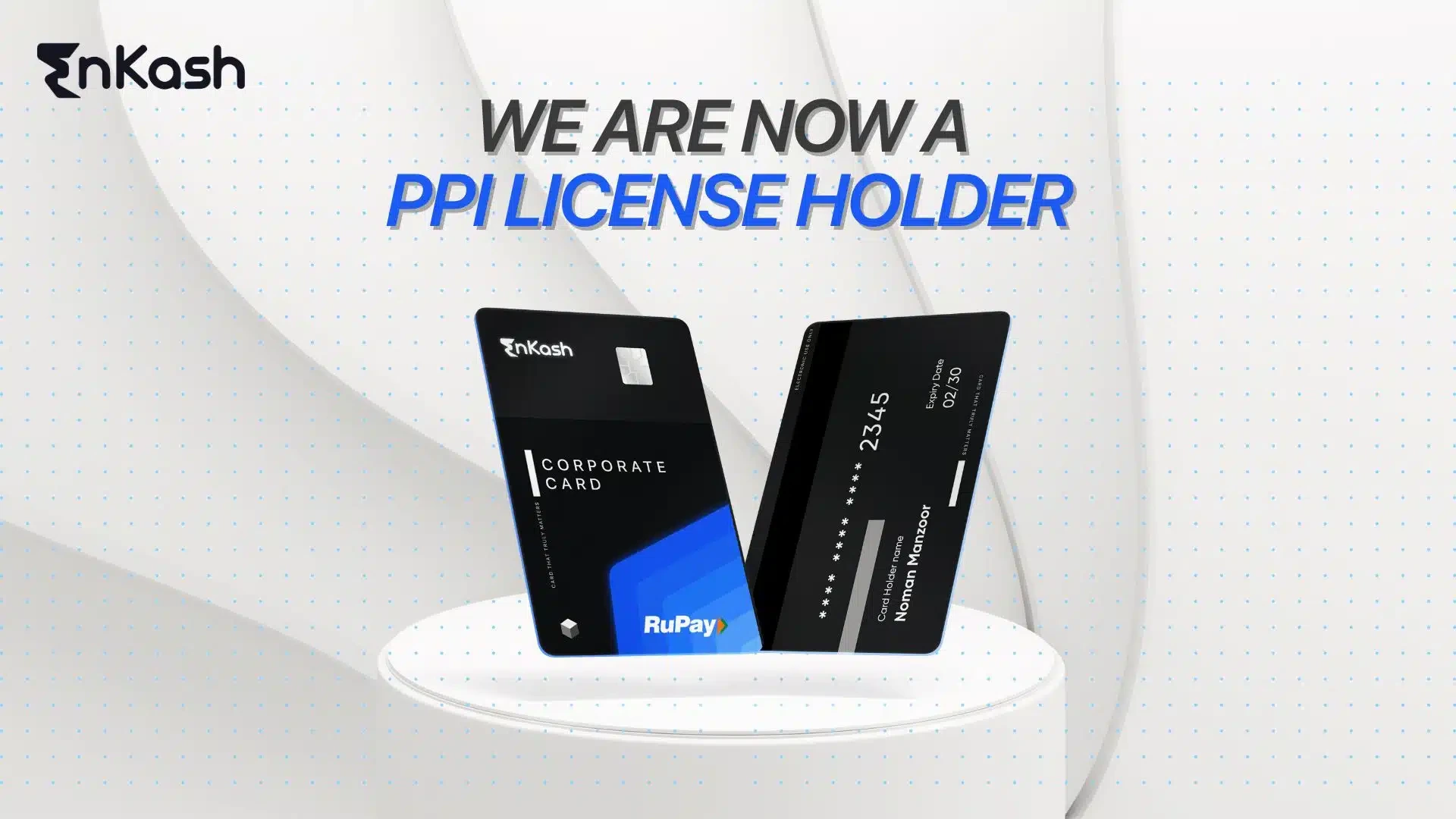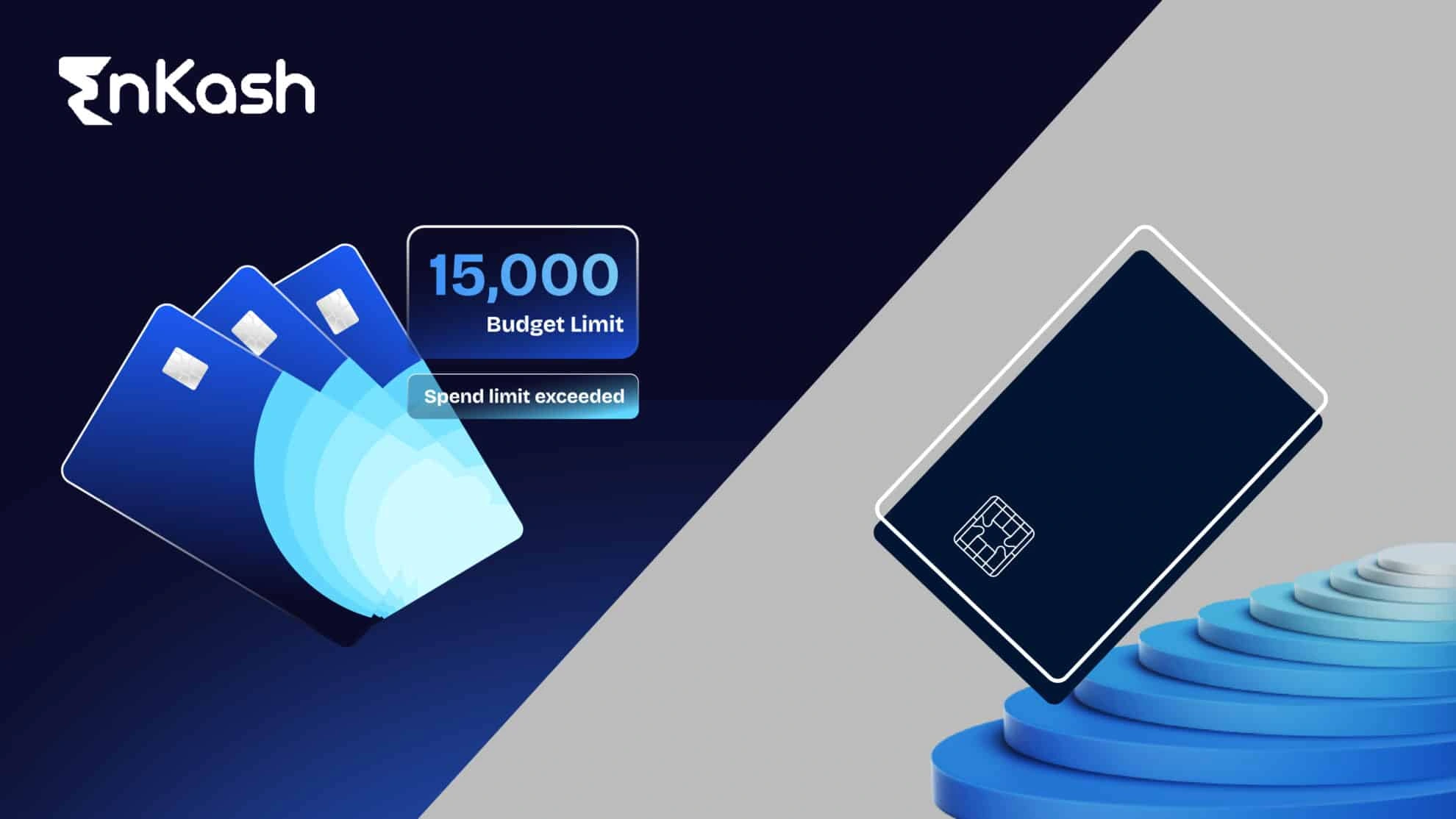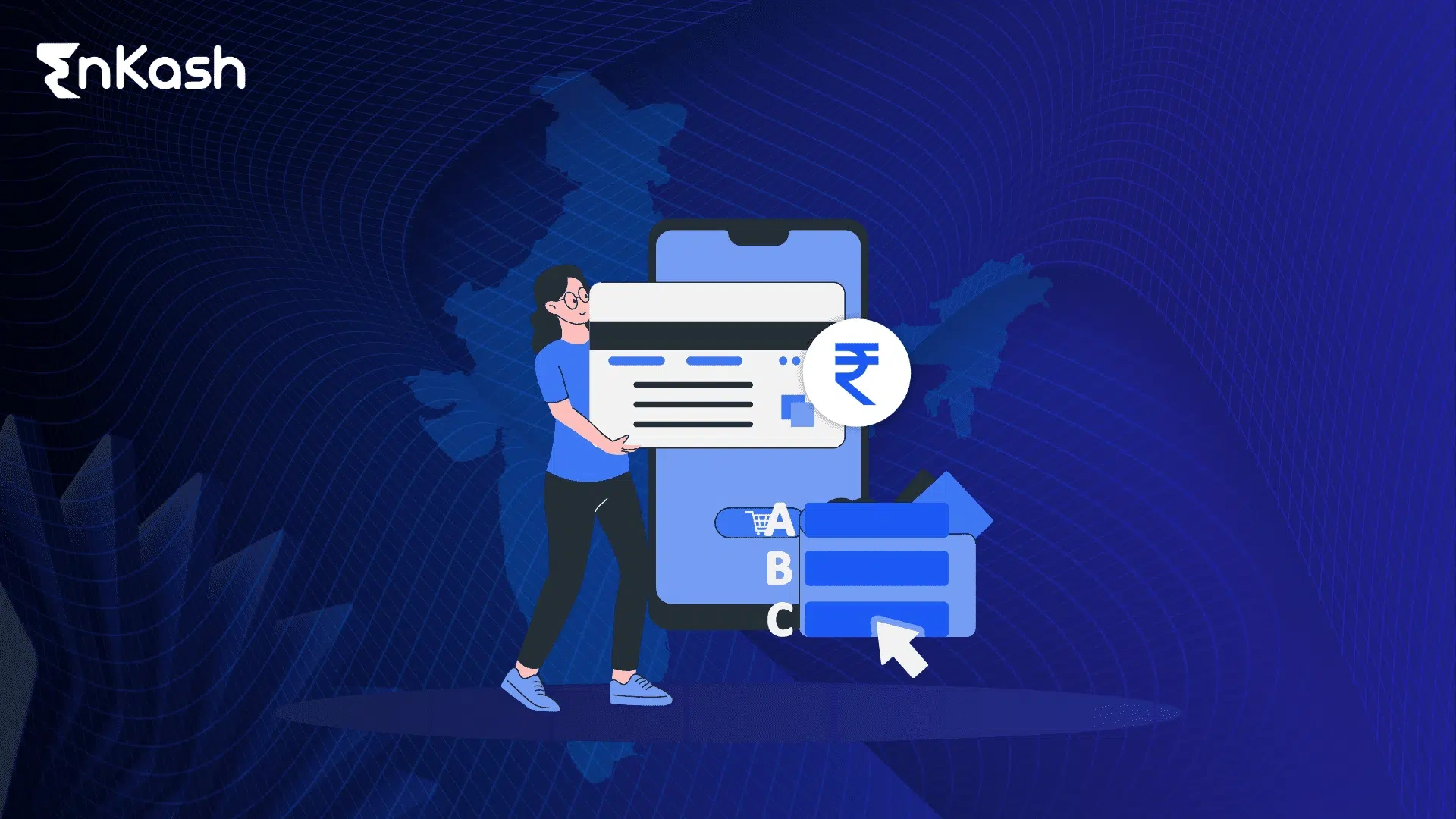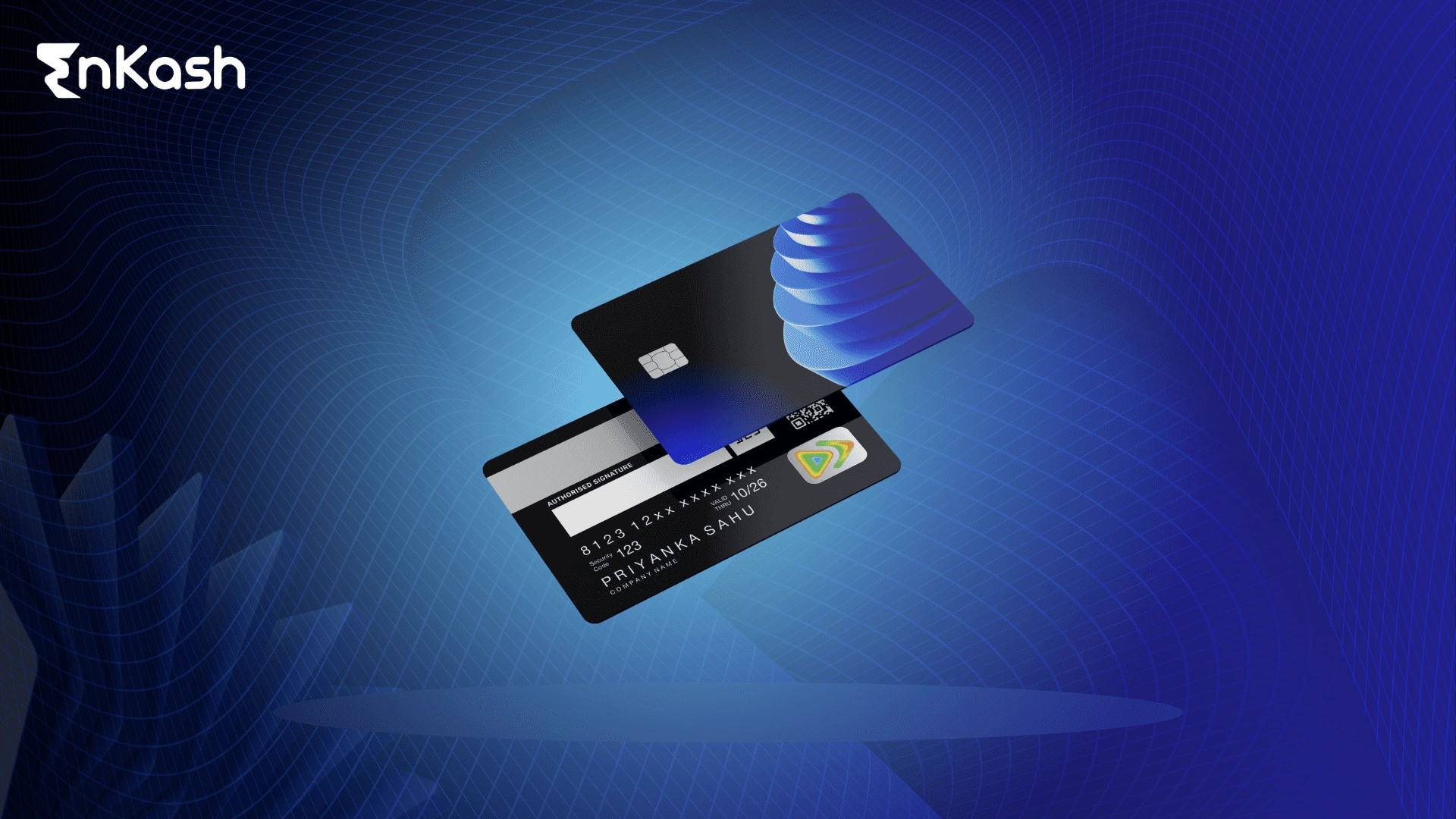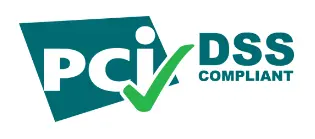How Can Business Owners Make Use of Revolving Line of Credit?
Whether you’re an individual or a business owner, there are times when we need funds at short notice – there is an urgent need to spend, whether it be on an emergency or an opportunity that has cropped up. Dipping into savings is one way to deal with it but you need to wait for the savings to be replenished before venturing out again. For business owners, cash flows often remain in deficit as customer payments come in late and billing cycles aren’t flexible. All of this adds on to the need for additional funds which only grows exponentially by the end of the month.
This is where a revolving line of credit (RLC) comes to the rescue, especially for small businesses. An RLC is a flexible loan with a predetermined amount from a bank or financial institution. Similar to credit cards in some cases, these are funds that can be used as and when the need arises while users can pay them back either in installments or lump sum.
What is a revolving line of credit, and how does it work?
Borrowers with a revolving line of credit have access to a specific amount of cash that may be borrowed, repaid, and borrowed again. This feature makes revolving lines of credit an appealing alternative for individuals and organizations looking to pay recurring bills and manage cash flow.
A credit limit, which is the maximum amount a borrower may spend on the account, gets assigned to you as a borrower, which is a fixed quantity of cash. Your balance grows as you spend more on the revolving credit account. You’ll create a transaction history, and after the billing cycle, all of your charges will appear on your statement.
If you pay off the revolving credit amount debt in full and on time after the billing cycle, you’ve settled the account and can utilize the whole credit limit again the next billing cycle.
The minimum payment can be a fixed sum or a percentage of the entire amount borrowed; specifics are available in your revolving credit agreement. Newly issued credit cards or lines of credit may offer promotional rates, such as a 0% APR during the introductory period.
How does RLC differ from personal loans and credit cards?
Although similar, a revolving credit line differs from the rest in many ways. For instance, virtual cards generally have a higher interest rate than those of a credit line. In case of credit cards, you’re only able to use the funds for purchases or payment of bills. A revolving line of credit, on the other hand, gives you the freedom to withdraw funds into your bank account without paying any extra fees.
The alternative of taking a short-term bank loan may not be feasible especially when the need for funds isn’t high enough. If you can pay the borrowed amount in a month or two, a revolving line of credit is the better option.
Today, many financial institutions provide revolving lines of credit should you need one. For small business owners, opening a credit line is much easier and faster than taking a loan from a bank. That being said, knowing the lender is as important as knowing how much you want to borrow. A revolving credit can be a boon if used wisely.
Advantages and Disadvantages
Below are some of the pros and cons of opening a revolving credit line.
Pros:
1. Flexibility – use it for purchases, bill payments and even bank withdrawals.
2. Interest payments – pay interest only on the utilized amount.
3. Increase credit score – by repaying your loans on time, you can increase your credit score which in turn will enable your eligibility for higher loans in the future.
Cons:
1. Addition of fees – Although the interest rate is lower than traditional credit cards, multiple credit withdrawals in a year can lead to a higher accumulation of fees paid.
2. Debt trap – It is very easy to fall into a debt trap if carefully considered. By paying only the minimum amount or a lower EMI, it is tempting to open more credit lines that give away your additional cash.
Like every financial instrument out there, revolving lines of credit are introduced to make lives easier. These lines of credit can be extremely cost-effective when used after thorough consideration and on the other hand, they can spell financial trouble if there is an excessive borrowing pattern. It is imperative to pay attention to the terms of the credit line by the institution, especially the fees, interest rate and repayment schedule.
How Can Business Owners Make Use of RLC?
Revolving lines of credit are appropriate for seasonal firms or businesses with fluctuating sales. If your company has high and low sales seasons or a gap between finished work and payment, a revolving line of credit may be useful in bridging the gap.
For example, if your company receives a large order and has to acquire goods to fulfill it, a revolving line of credit might be an excellent method to fund procurement of the goods needed.
In the following sections, we’ll look at the benefits and drawbacks of a revolving credit line. You can decide if this is the best funding choice for your company by assessing the advantages and downsides.
The Bottom Line
The benefits of a revolving line of credit account are especially applicable to firms with short-term fund demands; if you routinely have urgent funding needs, this may be your best alternative. Of course, there are always drawbacks, such as those discussed in this blog. We hope that after reviewing our list of benefits and drawbacks, you can better decide whether a revolving line of credit is ideal for your company.
To know more, visit: EnKash. You can also click below on Signup Now, and we will reach out to you soon.









